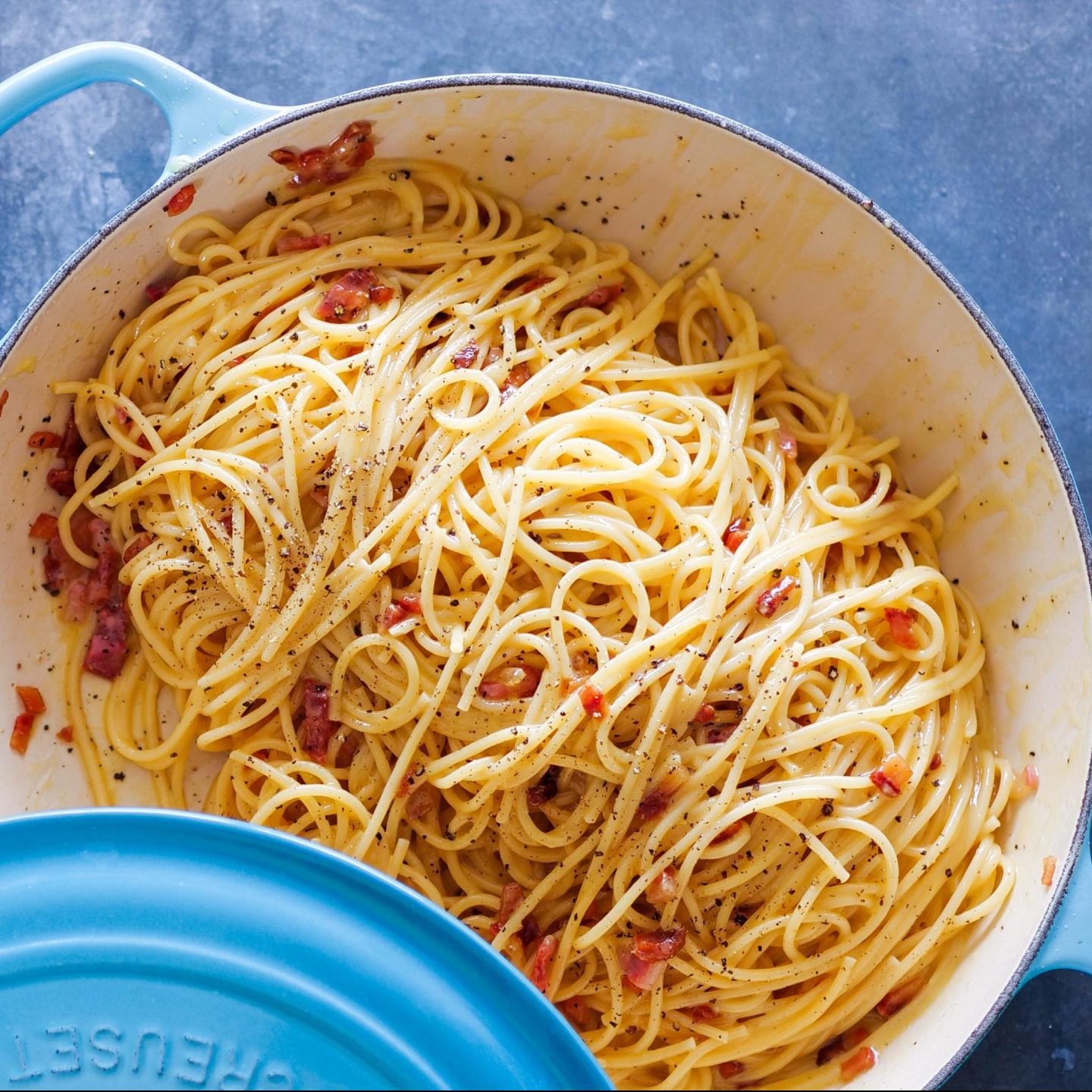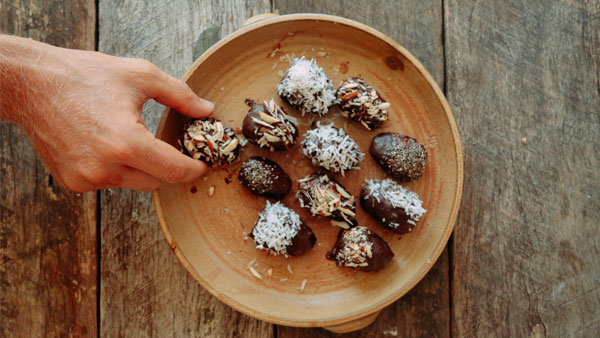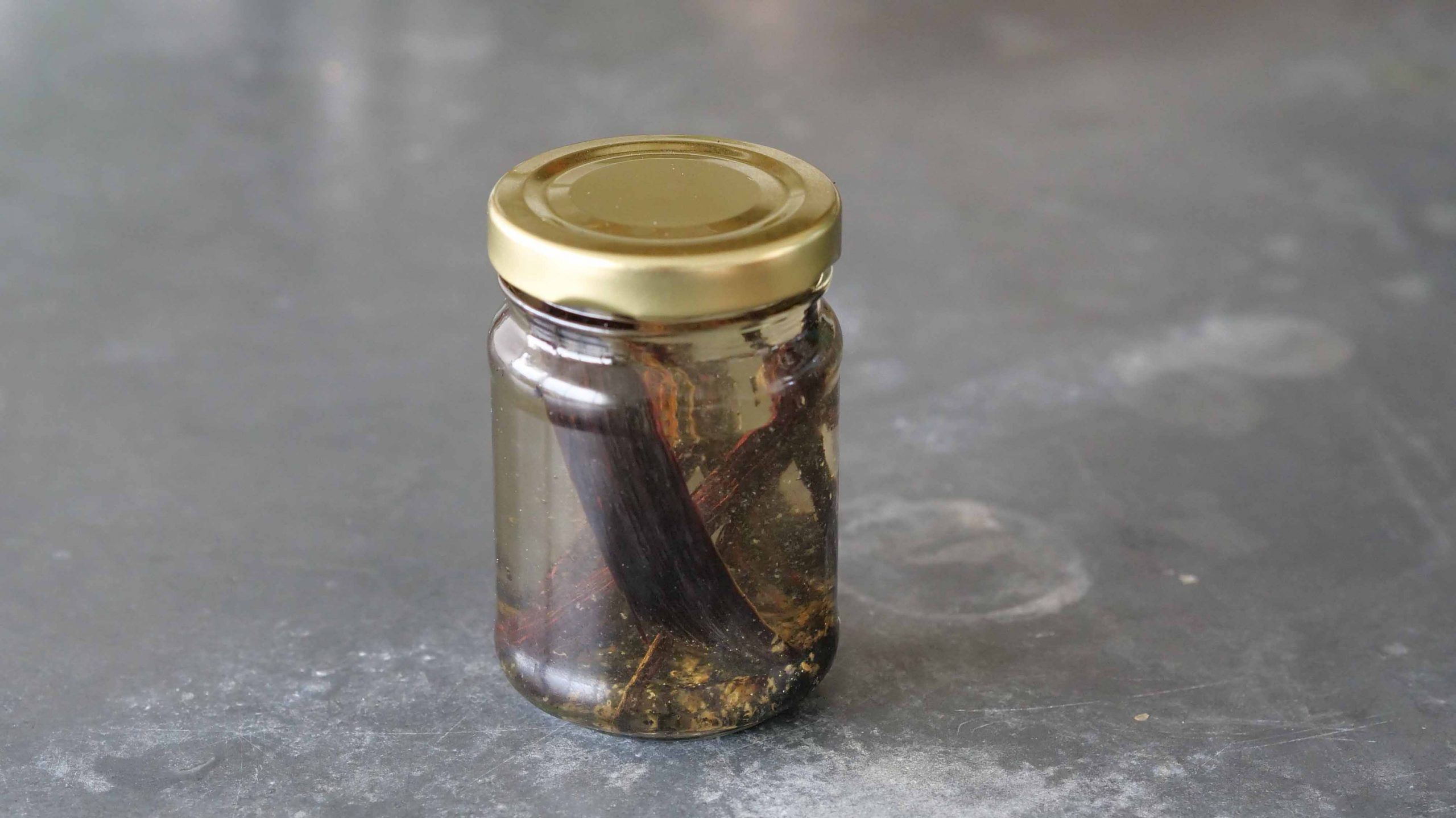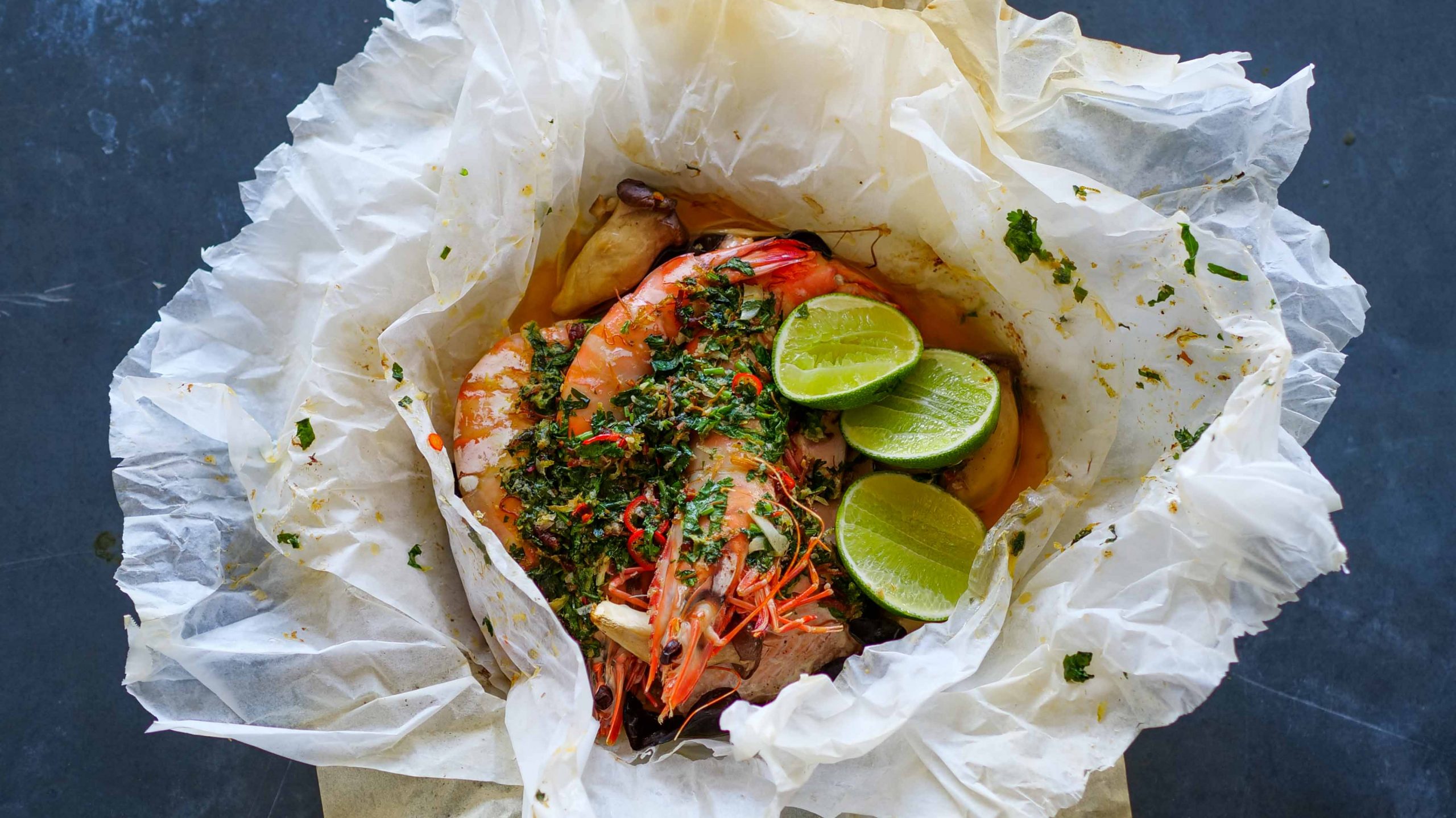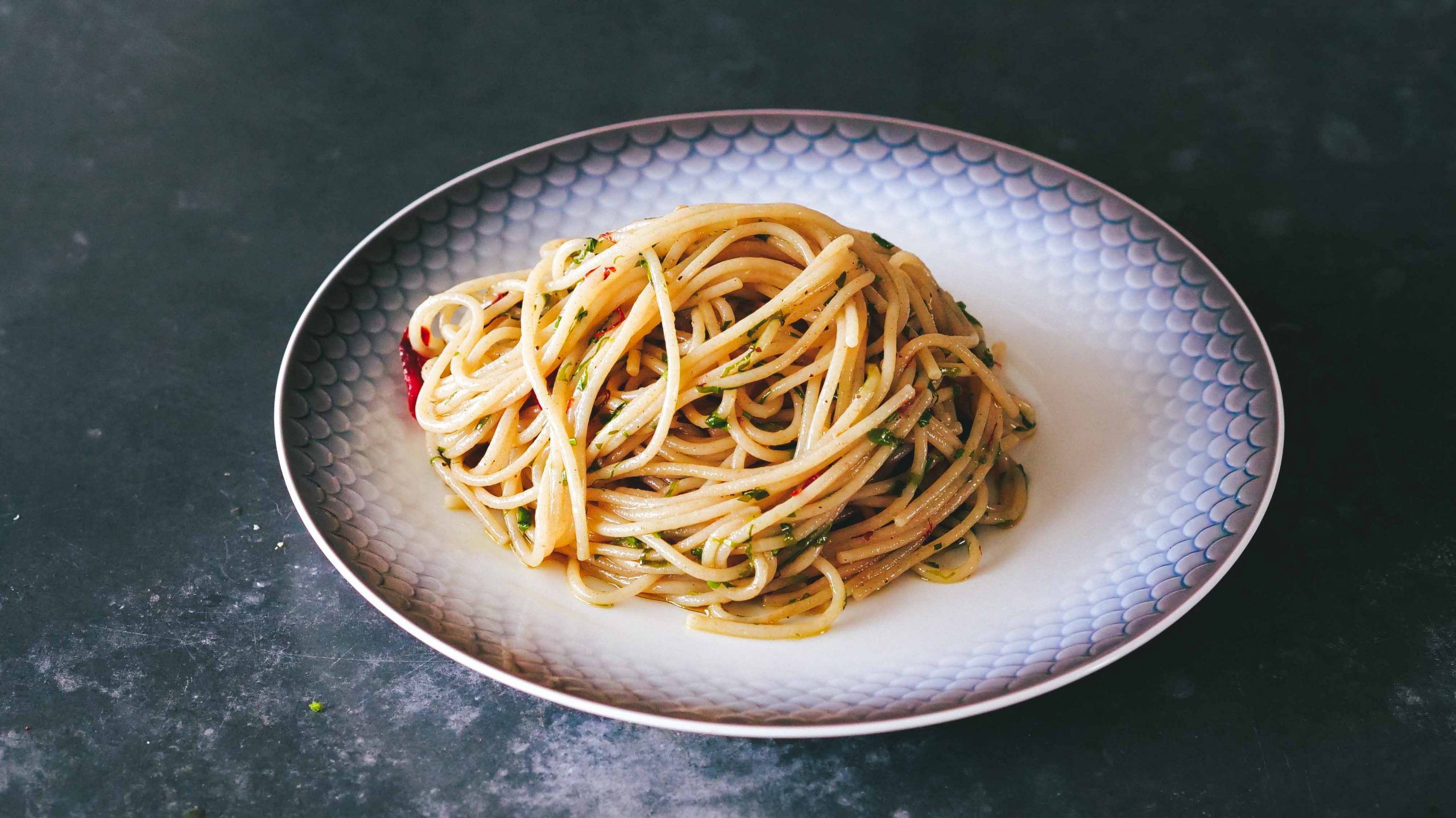NOT-SO-SUPER SUPERFOODS
What is a superfood?
The term superfoods are more of a buzzword and marketing term than a scientifically or technically defined term. They refer to foods assumed to have health benefits resulting from their nutrient-dense properties. So in a sense, superfoods are in season, local fresh ingredients.
We admit it, we throw around the term ‘superfood’ as carelessly as the next person. We too get caught up in the ‘buzz’ and the ‘hype’ that surrounds particularly ingredients. But after a bit of digging it’s come to our attention that many of our favorite ‘superfoods’ are not only less than super, they can actually be filed in the unhealthy or at the very least nutritionally-void category.
Here are 4 superfoods to think twice about next time you see them on the menu.
- WHEATGRASS
Remember when everyone was throwing back wheatgrass shots like they were the miraculous cure-all? Well, it turns out that wheatgrass really ain’t that spesh. Sure it contains chlorophyll and a host of vitamins and minerals, but the truth of the matter is that the nutrient composition of wheatgrass is similar to that of most green vegetables.
In fact, a single floret of broccoli or 1 tablespoon of spinach contains more folate and vitamin C than 1 shot of wheatgrass (and tastes far less offensive).
- AÇAI BERRY
The acai berry has received a lot of attention over the years as the magical fruit that assists weight loss, maintains youth, and prevents cancer. Native to the forests in Central and South America açai is undoubtedly full of antioxidants, amino acids, trace minerals, fiber, and flavonoids, but at the end of the day, no evidence says it’s any more super than other berries like blueberries and raspberries.If you wish to enjoy the benefits of açai, we recommend using the freeze-dried açai powders which should contain 100% açai berry, and adding them to your smoothies… Or just throw in a handful of frozen blueberries instead.What might come as particularly shocking is that the way it’s been served in health food cafes not only negates the health benefits that it does have but makes it one of the unhealthier options on a breakfast menu. The buckets of frozen açai that many cafe’s uses to make their ace bowls is not just frozen açai berries, it also contains high amounts of sugar and thickeners.They then mix it usually with a fruit juice of some description (which is also high in sugar) and then serve it with 2-3 extra serves of fruit on top. All up you’re looking at roughly 15 teaspoons of sugar per açai bowl.
That’s more than a can of Coke
- AGAVE NECTAR
So, it’s not officially a superfood but it’s been falsely labeled as a ‘healthy’ sugar alternative. Not only are these claims misleading, but they’re also a dangerous lie.First of all, it is highly processed, so many health benefits that it may have had in its original state has been killed off. Secondly, it is dangerously high in fructose, which is the sugar that overloads the liver, increases LDL particles, causes belly fat accumulation, and raises the risk of metabolic syndrome and type 2 diabetes. But here’s the clincher: regular table sugar contains 50% fructose, where agave nectar contains a whopping 85% fructose so it’s worse for you than regular sugar… and that is saying something!
WHAT ARE SOME OF YOUR FAVOURITE SUPERFOODS?
DO THEY STACK UP?


